TREE SPECIES
In the Reserva Águas do Brilhante the forest is preserved by its vital importance for bird feed, and many other animals and insects. The biome of this region is Mata Atlântica. The Mata Atlântica is one of the most threatened biome in Brazil, which is only 7% of its original area. Examples of dominant trees that occur in this region, whose fruits are eaten and appreciated by birds include:
Ambay pumpwood (Cecropia pachystachya)
Quenn Palm (Syagrus romanzoffian)
Leathery colicwood (Rapanea umbellata)
Brazil cherry (Eugenia brasiliensis)
Brazilian Sendudock (Miconia cinnamomifolia)
Coral tree (Ronilia sylvatica)
Anheiro (Alchornea sidifolia)
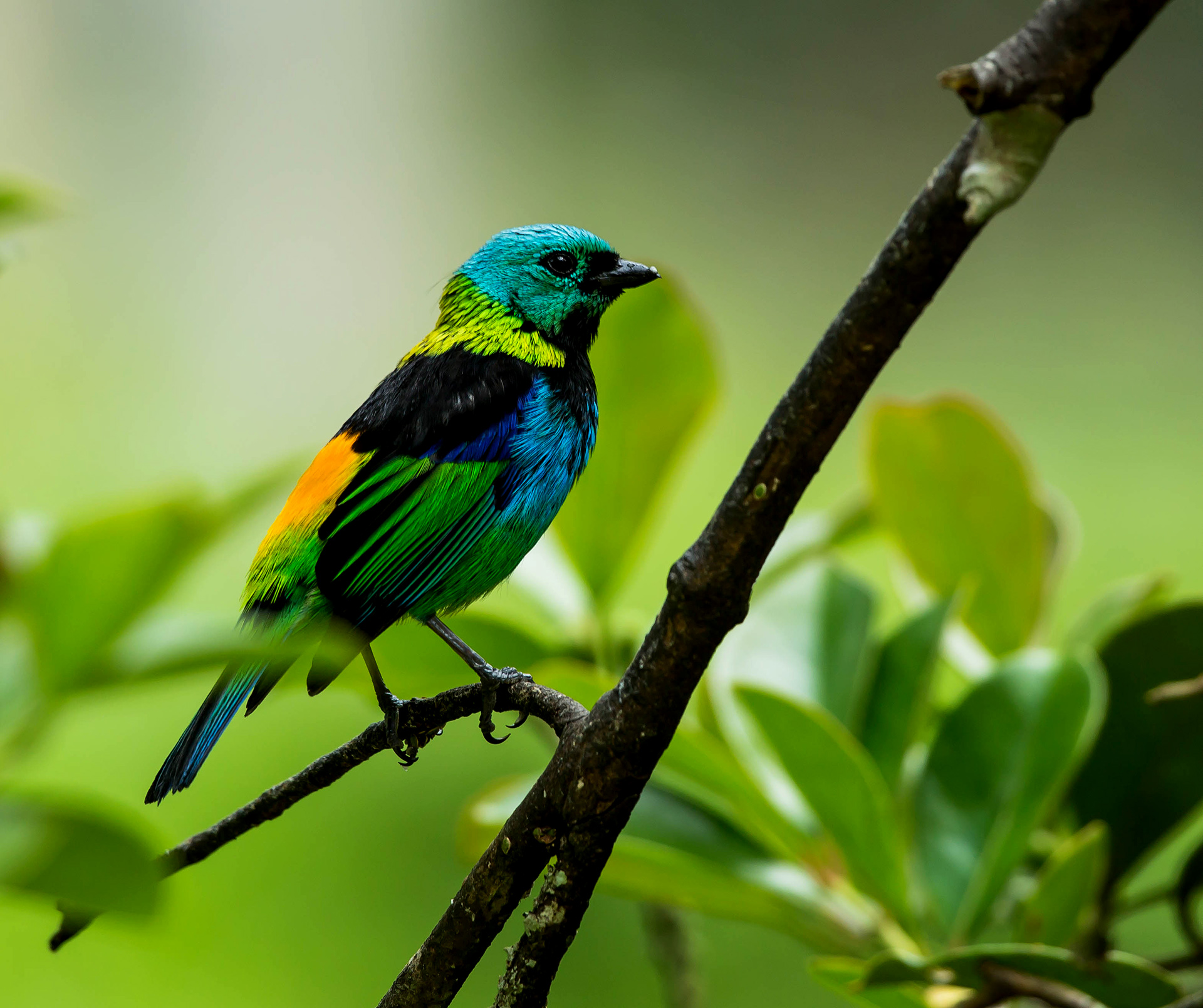
BIRD SPECIES
The Brazilian State of Santa Catarina has record about 638 bird species. The Reserva Águas do Brilhante has recorded 248 bird species. Many visitors come to our reserve expecially to see bird species. Visitors can check our bird list before visiting the reserve at: www : Táxeus, ista de espécies Reserva Águas do Brilhante).
Several bird that live and nest in the region are threatened with extinction, mainly due to loss of habitat. Special attention is given to them in the sense that there is no interference with known nesting sites. Several other bird species that nest in our region are threatened by thieves capturing and taking the birds from their nest sites.

Developing a recorded listing of bird species at Reserva Águas do Brilhante is an important step in building a biological diversity data base Santa Catarina. By the end of September 2020, I have spotted, identified and recorded 264 bird species.
Five recognized endangered bird species from Reserva Águas do Brilhante:
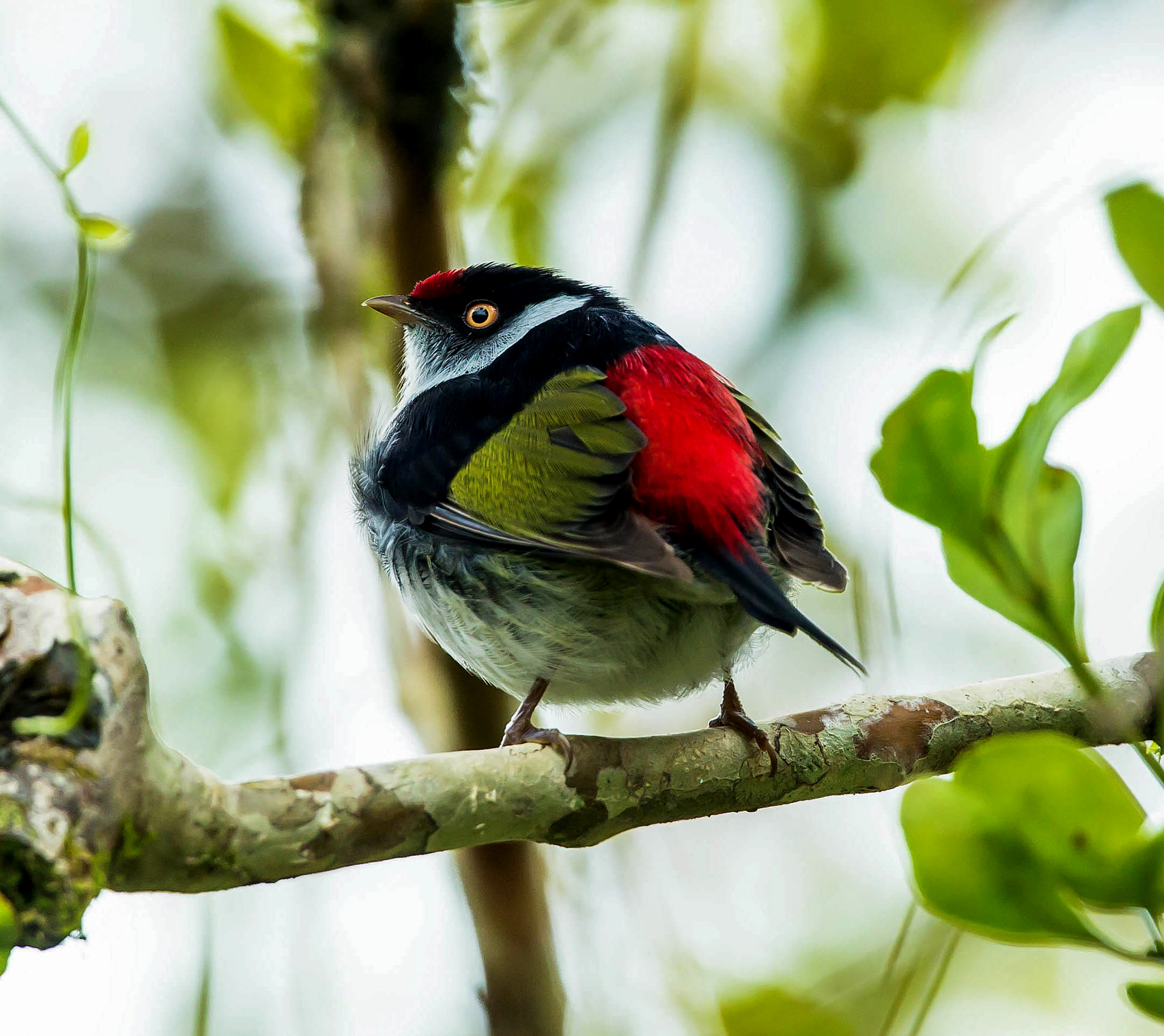
In the Reserva Águas do Brilhante there are several feeders with various fruits for birds, so that they can be monitored year after year. For hummingbirds there are many drinking fountains with water and organic sugar (glenelg). During the summer hundreds of hummingbirds comes to troughs, which are also used during the winter.
The Reserva Águas do Brilhante is not a place for photography of birds, because the real purpose of the owner is to provide a place of tranquility for nesting, with very little human interference. However, bird photography can be scheduled in advance of visiting.
During 2019 I participated in Brazil’s citizen project of documenting butterfly and moth species at the Reserva. I photographed all butterflies and moths species I spotted, and posted photos on FB’s group site “Borboletas e Mariposas Neotropicais” reporting my finds and asking for assistance to identify a number of species. By September of 2020, I had identified over 1,400 species of moths and butterflies..
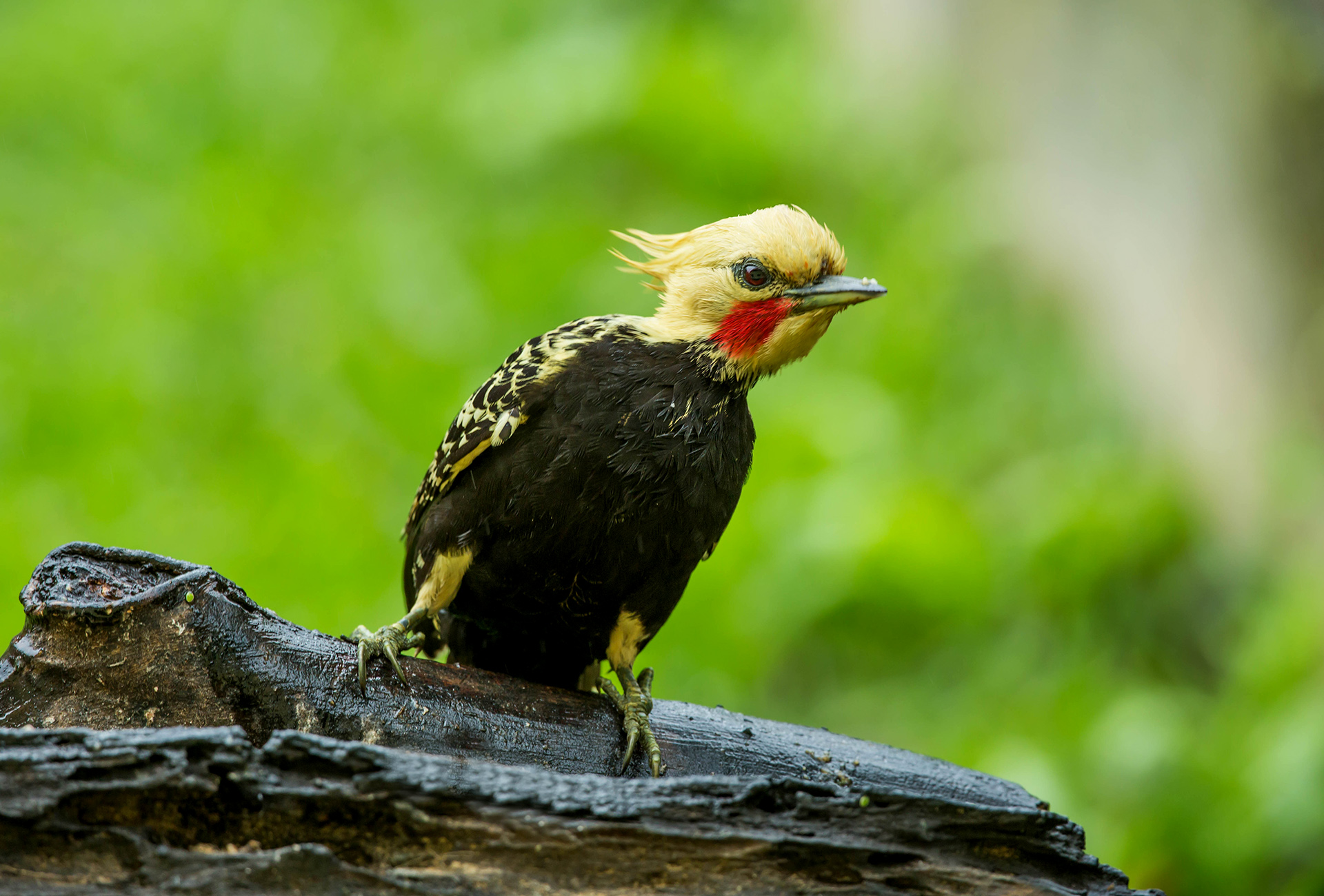
The flora of the Reserva is also of interest to our family and visitors. We are beginning an inventory of the trees, shrubs and flowering plants of the Reserva. We have begun reestablishing the rare plant Eithea blumenavia, a member of the Amaryllis Family that is endemic to southern Brazil. We will continue to inventory and identify trees, flowering plants, mosses, lichens and fungi.
My interest in photography of nature and especially of birds emerged in 2013, when I decided to implement and manage the Reserva and doing a job of monitoring of bird species that live or migrate through this area.
The gear that I use are Canon EOS MARK lll, and Canon EOS 5DS. Lens: Canon 70-200 1:2.8L IS ll USM, Canon 300mm 1:2.8L IS ll USM, and Canon Macro EF 100mm 1:2.8 USM. Extender 2x.
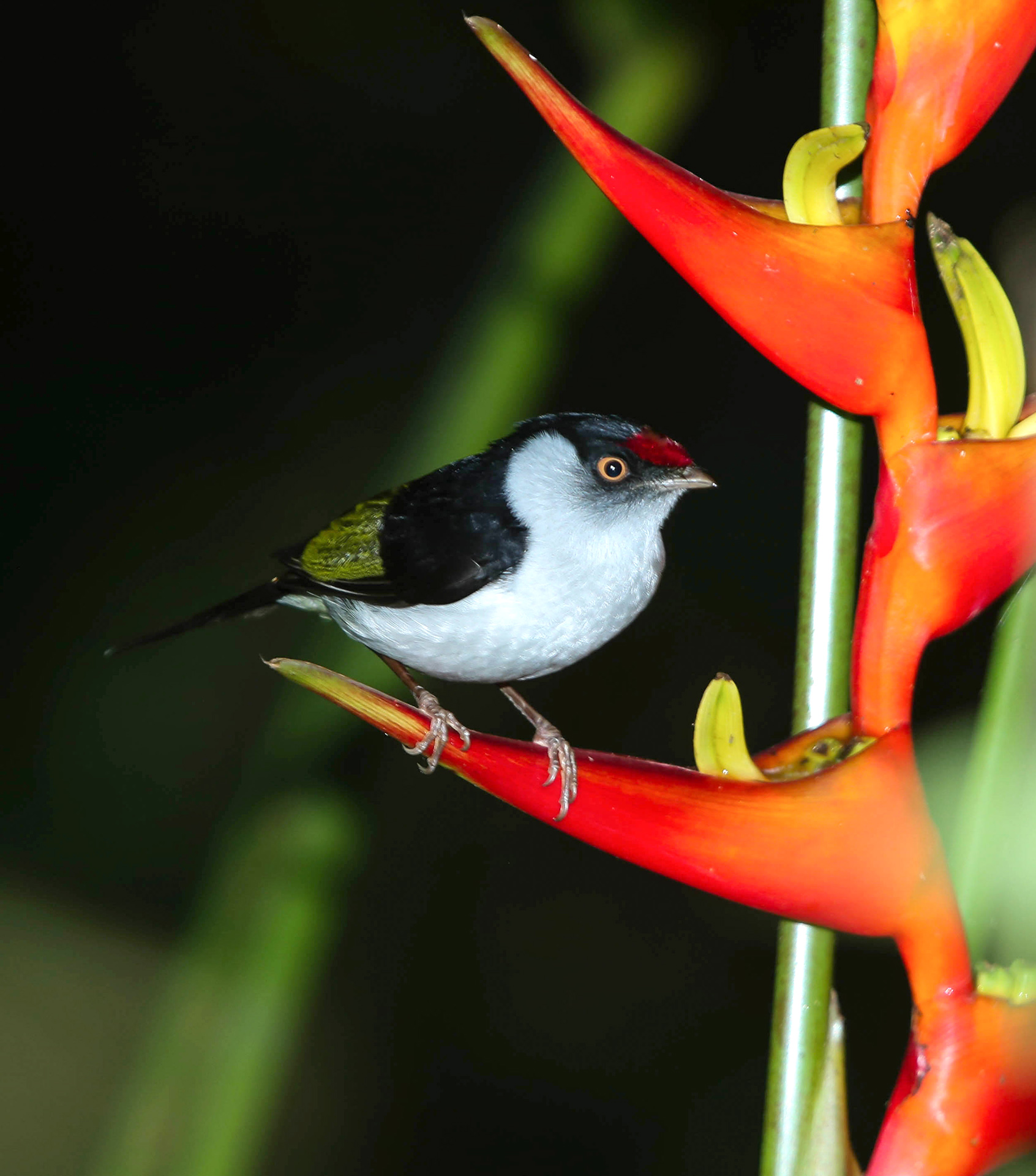
I intend to encourage other people who own land that is in natural conditions to give a noble destination of RPPN to their land. The establishments of more Reservas will be important for the future of the planet’s biodiversity and the preservation of the forests.
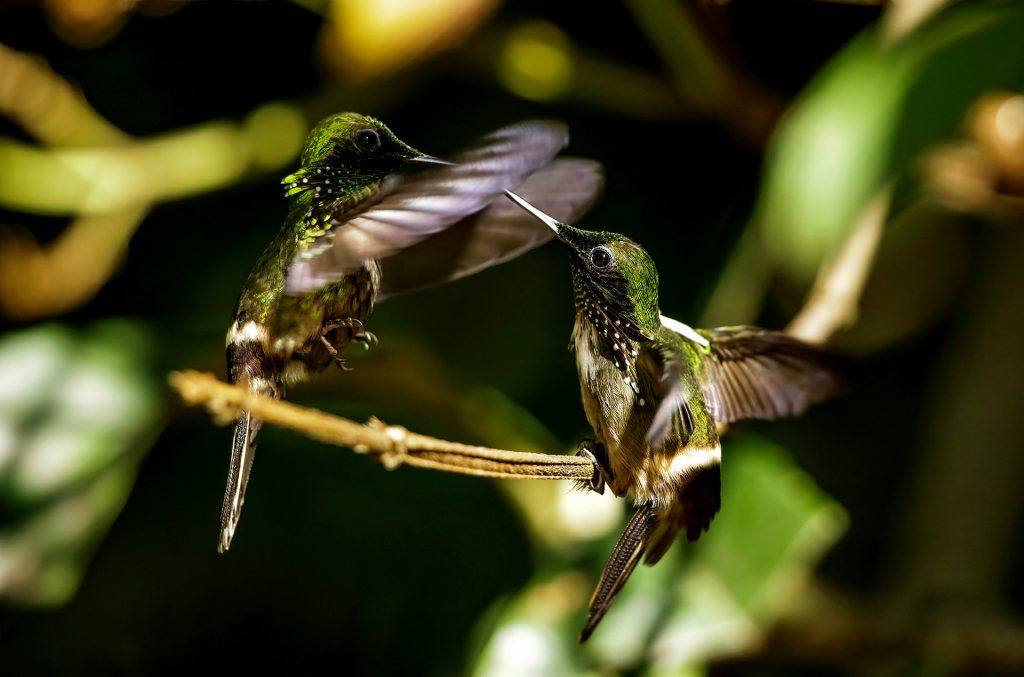
RPPN BIO ESTAÇÃO ÁGUAS CRISTALINAS
I worked with a group of friends interested in preserving, acquired an area of 103 hectares in the municipality of Guabiruba and transformed into an RPPN ( Reserva Particular de Patrimônio Natural). A very important area threatened by loggers invaders of land, where is born the Ribeirão Garcia, which provides water for a part of the city of Blumenau. This RPPN is now incorporated into Serra do Itajai National Park.
RPPN (Nacional de Reservas Particulares do Patrimonio Natural) designation is a local way to seek more public support and environmental protection through the environment police, against hunting, theft of palm and other common environmental crimes in Brazil. There are 1,398 RPPN’s in Brazil, and they together guarantee the preservation of about 767,113 hectares of private conservation lands recognized by federal, state and municipal governments.
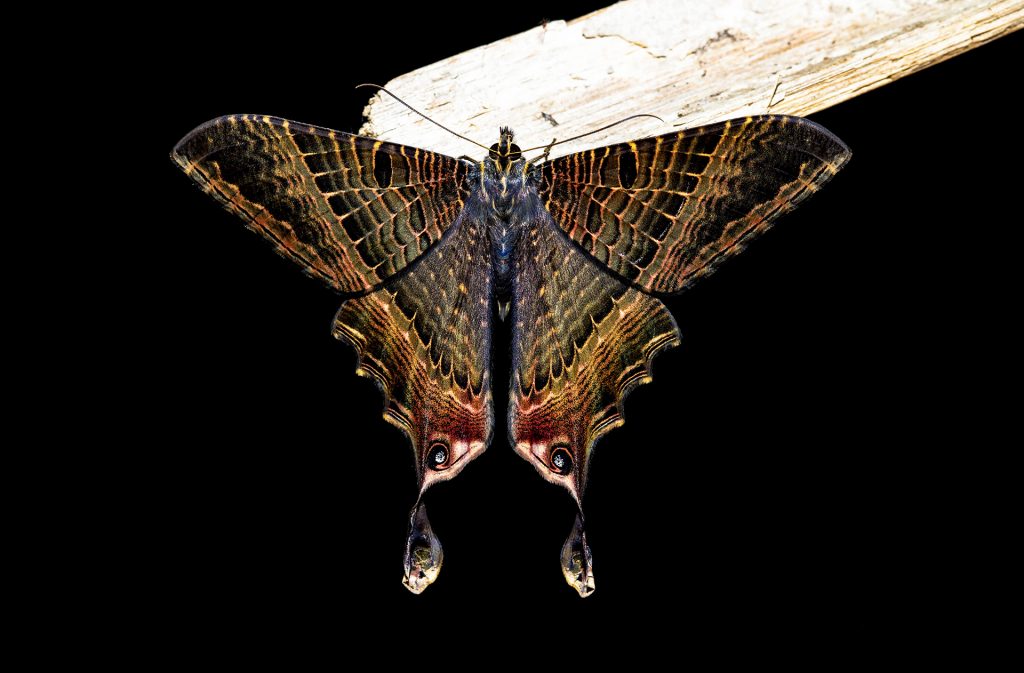
Now, our family goal has been accomplished to transform the Reserva Águas do Brilhante in RPPN (Reserva Particular de Patrimônio Natural), into permanent protection of nature forested lands. I believe that our family action will be appreciated by future generations to have access to appreciate native forests, birds insects, plants and and their flowers in a setting of pure water and natural beauty. We welcome biological researchers to visit and study in the Reserva. Right now, we limit entry to a few friends interested nature and conservation. Our goal is to provide tranquility for the plants and animals who live in the Reserva with minimal disturbances.
